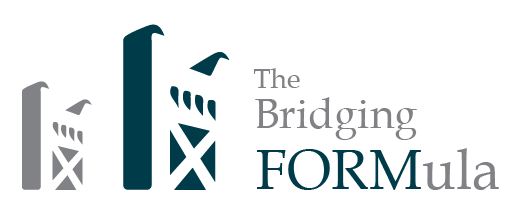One of the biggest decisions many of our clients face is what to do with their 401k plan when they leave their employer. There is no clear cut answer as to whether you should roll over your 401k plan to an IRA, another employer’s 401k plan, or simply to leave it where it is, because it involves several different factors, including long term investment costs and the availability of investment options within the plans. Both can impact the long term performance of your retirement plan. However, the most critical factor that can have a big impact, both short and long term, are the tax implications of a rollover. Understanding these implications is essential before making any decision regarding your 401k plan.
Here are some of the more common tax complications that arise from a rollover:
An indirect rollover occurs when you take a distribution from your 401k plan with the intent of rolling it into an IRA or a new 401k plan. With some exceptions, any distribution from 401k plan is subject to ordinary income taxes; and, if a distribution is made before age 59 ½, a 10 percent penalty may apply. If your intent is to roll your distribution from a 401k plan into an IRA, it must be done within a 60 day period to avoid the tax and penalty. It’s not uncommon for someone to take a distribution from a 401k plan with the intent of rolling it over into another plan and miss the deadline.
The big tax complication comes when the plan sponsor, as they are required to do, withholds 20 percent of your distributions for tax purposes regardless of your intent to roll it over into an IRA. As a result, you would then be rolling just 80 percent of your funds into the new plan. Even though you would eventually get it back through an IRS refund, the other 20 percent that is withheld must be made up by you within the 60 day time limit in order to avoid the tax and penalty on the entire distribution.
To avoid this possibility, the better course, might be to ask your new custodian (for an IRA) or plan sponsor (for a new 401k plan), to initiate a direct transfer of the funds from the old plan into the new plan.
Depending on your income level and tax circumstances, you may decide to roll your 401k plan into a Roth IRA. With a Roth IRA your funds grow tax free and they can be withdrawn tax free. That’s because a Roth IRA takes only before-tax dollars as contributions. So, when you transfer 401k funds into a Roth IRA, you must first pay the taxes on the distribution to the extent of the amount being rolled over less any after-tax contributions included in the amount being rolled over. But once your funds are inside the Roth IRA you will enjoy both tax free accumulation and tax-free withdrawals.
If your 401k plan includes company stock, you should consider the tax implications of rolling it into an IRA or transferring instead to a non-qualified brokerage account. Here’s why: When you distribute assets (money or stock) from your IRA, you pay income taxes on the portion comprised of pre-tax contributions. When company stock is issued to 401k plan, the difference between its value at that time and the time it is distributed is referred to as “net unrealized appreciation.” That means that stock assets which have appreciated will be taxed as ordinary income instead of at the more favorable capital gains tax rate.
If, instead, you were to withdraw your company stock from your 401k and place it in a taxable brokerage account, you can still benefit from capital gains taxation versus ordinary income taxation on the appreciation. You will be required to pay the ordinary income taxes on the original pre-tax value of the stock, but your capital gains tax is deferred until you actually sell the stock.
Net unrealized appreciation is a complicated provision of the tax code and should only be considered with the guidance of a tax professional.
If you foresee yourself retiring early, you may not want to roll over your entire 401k plan to an IRA. With a 401k plan, you can begin taking withdrawals as early as age 55 without penalty. If you roll your funds into an IRA, you will lose that option; although the IRA does allow for the Substantially Equal Periodic Payment rule, a somewhat complicated formula for withdrawing funds prior to age 59 ½.
Deciding what to do with your 401k plan after leaving an employer must take into consideration many factors – your current circumstances, your personal financial outlook for the future and the tax consequences of any of the options you may choose. You should always consult with a tax advisor to determine both the tax consequences and the benefits of an IRA Rollover.
*This content is developed from sources believed to be providing accurate information. The information provided is not written or intended as tax or legal advice and may not be relied on for purposes of avoiding any Federal tax penalties. Individuals are encouraged to seek advice from their own tax or legal counsel. Individuals involved in the estate planning process should work with an estate planning team, including their own personal legal or tax counsel. Neither the information presented nor any opinion expressed constitutes a representation by us of a specific investment or the purchase or sale of any securities. Asset allocation and diversification do not ensure a profit or protect against loss in declining markets. This material was developed and produced by Advisor Websites to provide information on a topic that may be of interest. Copyright 2014-2016 Advisor Websites.
Back to Articles